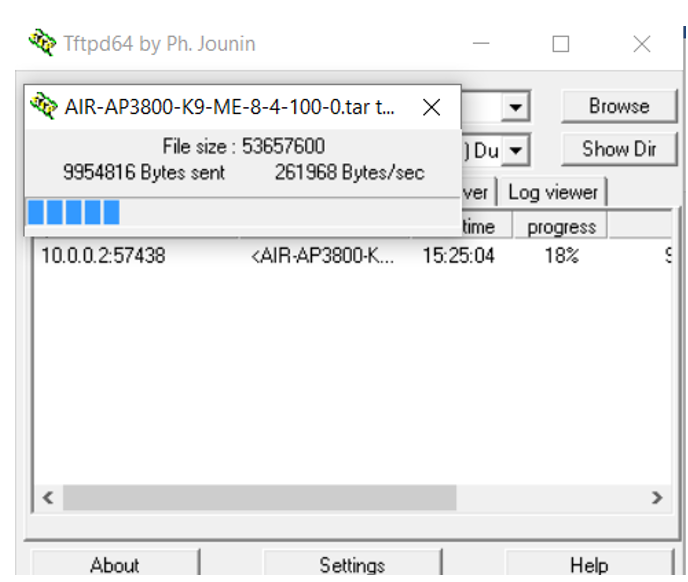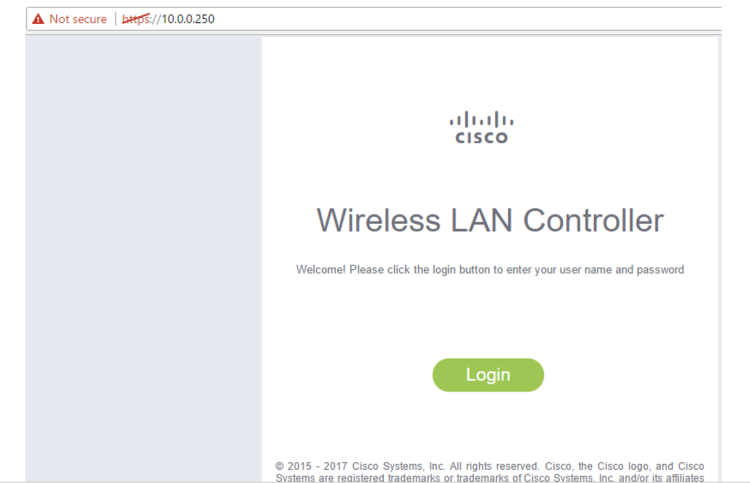Cisco Band Select configuration
All information here and more can be found at Cisco.com, this was just the information I needed to have for a basic understanding of what it does and how to configure it.
Works by delaying/suppressing the first few 802.11b/g probe frames so that client will accept the 802.11a probes because it will appear to have a quicker response time.
- Band select is configurable only when the radio policy is set to ‘All’.
- Band select on supported on all types Aps.
- This feature only works when a client first associates to AP.
- This feature will not start when the AP notices a high client count or high channel utilization.
- This feature only goes in one direction ‘2.4GHz >5GHz’ not the other way. Means it will not load balance clients on AP.
Do not use Band select on Voice or other real-time applications, or use with caution and ensure proper testing is conducted, as it can cause roaming delays or dropped calls
Network configuration
- Disable by default
Global Band select features
- The Probe cycle count is the number probe beacons/frames to ignore/delay before a client will associated at 2.4GHz
- The cycle period is how much time in milliseconds needs to pass for next associating attempt to be considered a unique attempt.
- Age out Suppression: When the clients will be declared as “new” and may have their probe frames delayed/ignored again.
- Age Out Dual Band: The AP will not respond to a 2.4GHz probe until a (dual band) client is no longer marked as dual-band (default is 60 seconds). This is to prevent clients associated on 5GHz radio from switching bac to 2.4GHz radio
- Acceptable client RSSI is how well a 2.4GHz client needs to be heard before trying to push them to the 5GHz band
- Features can be controlled per-WLAN under the “Advanced” tab
From gui:




























